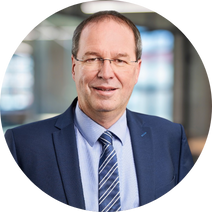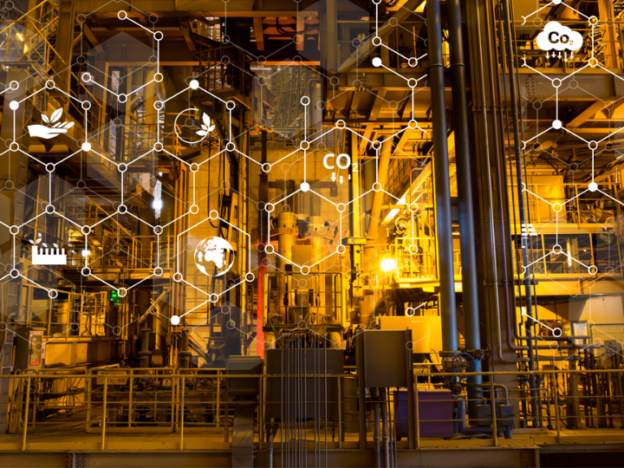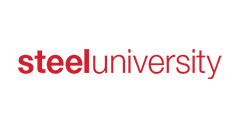Description
Date: 10 June, 2025, 13.00 UTC.
Estimated Time: 1 hr
Language: English
Summary of the lecture
Global steel production is currently 70% iron ore-based via the BF/BOF route and 30% scrap-based EAF. While EAF production is increasing, scrap availability will not keep pace with future demand. Ore-based metallics (OBM), such as DRI, will become key feedstocks—but only around 20% of iron ores meet the required Fe content (>65%) and low slag-forming elements.
The carbon-based BF process is designed for lower-grade ores, which make up the majority of global production. Technological development is therefore focusing on reduction and smelting processes that can convert low/medium-grade ores using hydrogen into sponge or pig iron for EAF or BOF steelmaking. Processing iron ores in their existing grain size using hydrogen in plasma processes is also emerging as a sustainable pathway.
What you will learn:
- Understand the basics of climate change and roadmaps to climate-neutral iron and steelmaking.
- Recognise the raw material and energy supply requirements for the transition.
- Be able to compare technology readiness levels (TRLs) and development cycles.
Speaker Introduction

Thomas Buergler
CEO, Metallurgical Competence Center
K1-MET GmbH / voestalpine
Thomas Buergler is the Managing Director of the Competence Center K1-MET for Metallurgical and Environmental Process Development, a Senior Expert at voestalpine Steel Division for climate-neutral steelmaking, and a Board Member of the Hydrogen Flagship Region Austria.
He graduated in Metallurgy from the University of Leoben and brings nearly 35 years of professional experience as a project and research manager. His expertise spans both classic and alternative process routes in iron and steelmaking, including direct and smelting reduction, raw material processing, and the recycling of steelmaking by-products.
His recent projects include hydrogen production using PEM technology, the transformation of BF/BOF to DR/SAF/EAF steelmaking, the development of hydrogen-based direct and smelting reduction processes for ultrafine iron ores, and sector coupling with CO₂.
Course Content




